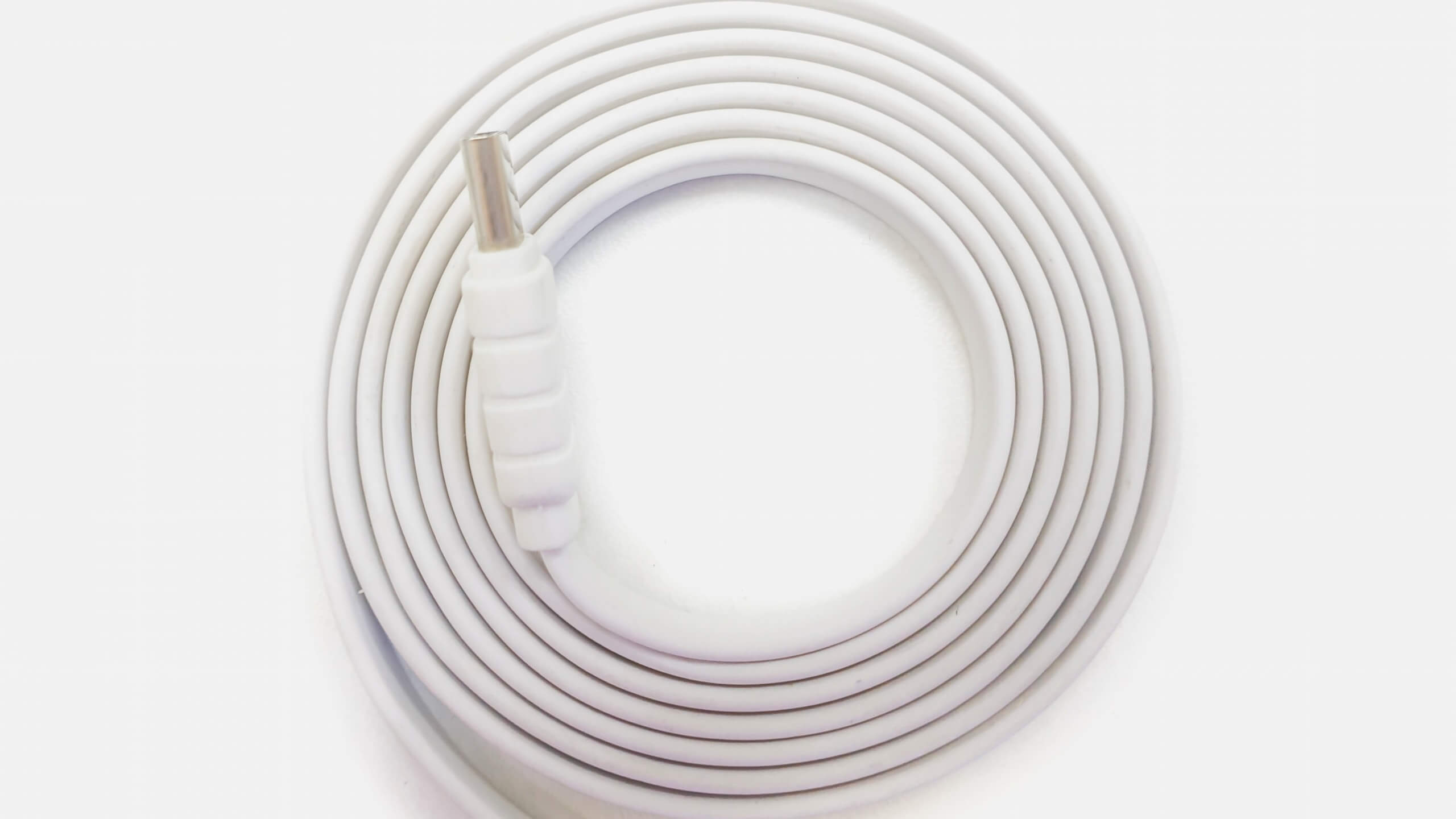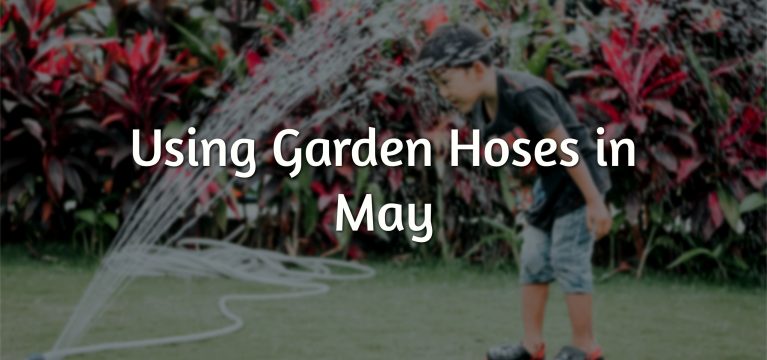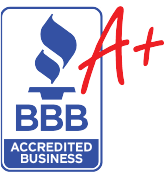Garden hoses are a necessity to all gardeners. These transport water for gardening, lawn care, and other landscaping purposes. These multi-purpose tools are also great for outdoor cleaning of items such as vehicles, equipment, building exteriors, and even animals!
May is a busy month for gardeners with the growing season on the horizon. Watering your plants on a regular basis is a must, especially if the spring rains are scarce. Therefore, a garden hose is a fundamental part of gardening in May.
However, with the many different types of hoses available, it can get quite confusing. Let’s take a look at the hoses you can use for your garden.

Types Of Hoses
You should choose a garden hose that fits your garden. Here are the different types of common hoses you can use:
- Garden Hoses: These all-purpose traditional hoses are great for general watering and cleaning tasks.
- Sprinkler Hoses: These water-saving hoses can act as both sprinklers and soakers, with a flat base on the bottom and holes on top to mist water exactly where you want it.
- Soaker Hoses: These come with porous walls that allow water to seep into the surrounding soil.
- Expandable Hoses: Also known as pocket hoses, these can expand up to three times their length.
- Flat Hoses: Like a smaller version of fireman’s hose, these remain flat until you turn on the water.
- Coiled Hoses: These hoses springs to a tightly coiled form when not in use. Coiled hoses are great if you prefer to hand-water.
Things To Consider When Choosing A Garden Hose
It might be tempting to think that any hose will do the job. But, if you aren’t careful when choosing, you will be walking down a long and frustrating road. Cheap and poorly built hoses don’t last long, and kinks easily. Here are the things to look out for when you get a garden hose:
Hose Materials
Your hose needs durable materials to bear the brunt of frequent use. Tubes made of plastic can pass as a garden hose, but it will not last long. Hoses made of flexible rubber, or soft plastic, and reinforced with internal fiber web usually gives the best result. Moreover, your couplings should have strong metals in its composition. A brass coupling is fine as long as it does not bend on pressure.
Hose Diameter
Garden hoses can have a ⅜ inch, ½ inch, or ⅝ inch diameter. The ½ inch diameter is the most common hose diameter for homeowners. There is also a ¾ inch option available for professional use.
Hose Length
Before you get a hose, you should measure the farthest distance from the faucet in your garden. Getting a hose with the right length is important to avoid stretching it out with use. To be on the safe side, you should buy a hose that’s a little longer than you think you need.
Caring For Hoses
Properly coiling and uncoiling your hose will extend its life. You could also invest in a hose hanger to store the hose neatly until the May weather draws you out to the garden again.
You should not leave it outdoor. Instead, store it out of direct sunlight and freezing conditions to prevent unnecessary wear. You should also avoid leaving it under pressure when not in use.
Another no-brainer is avoiding running heavy objects over it. Your car tires can cause serious damage to the hose. Moreover, you should carry it rather than dragging it along. The hose and its fittings can accumulate wear and tear if dragged on concrete or other rough terrains.
If you choose your hose with care and look after it properly, you can get a frustration-free long-term service from it. May is a frantic time in northern hemisphere gardens. So make sure your hose is up for the challenge!













